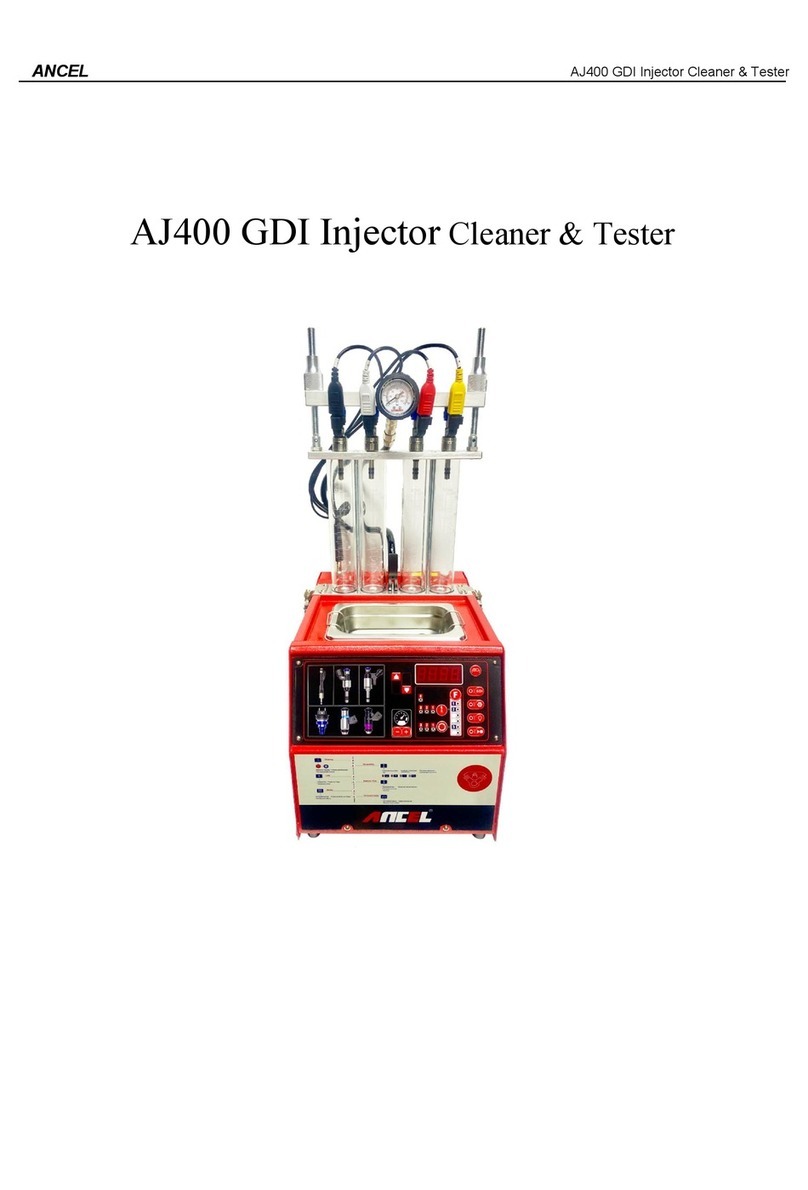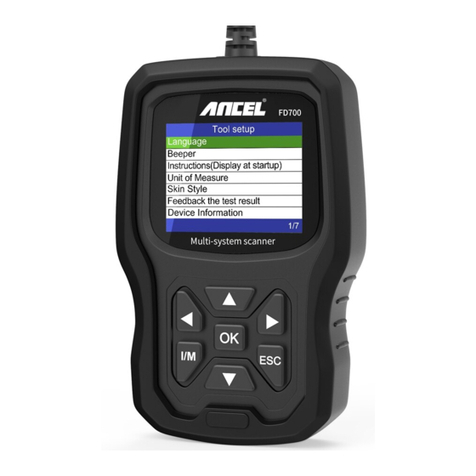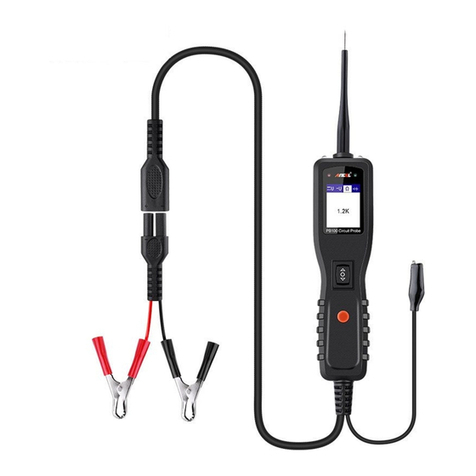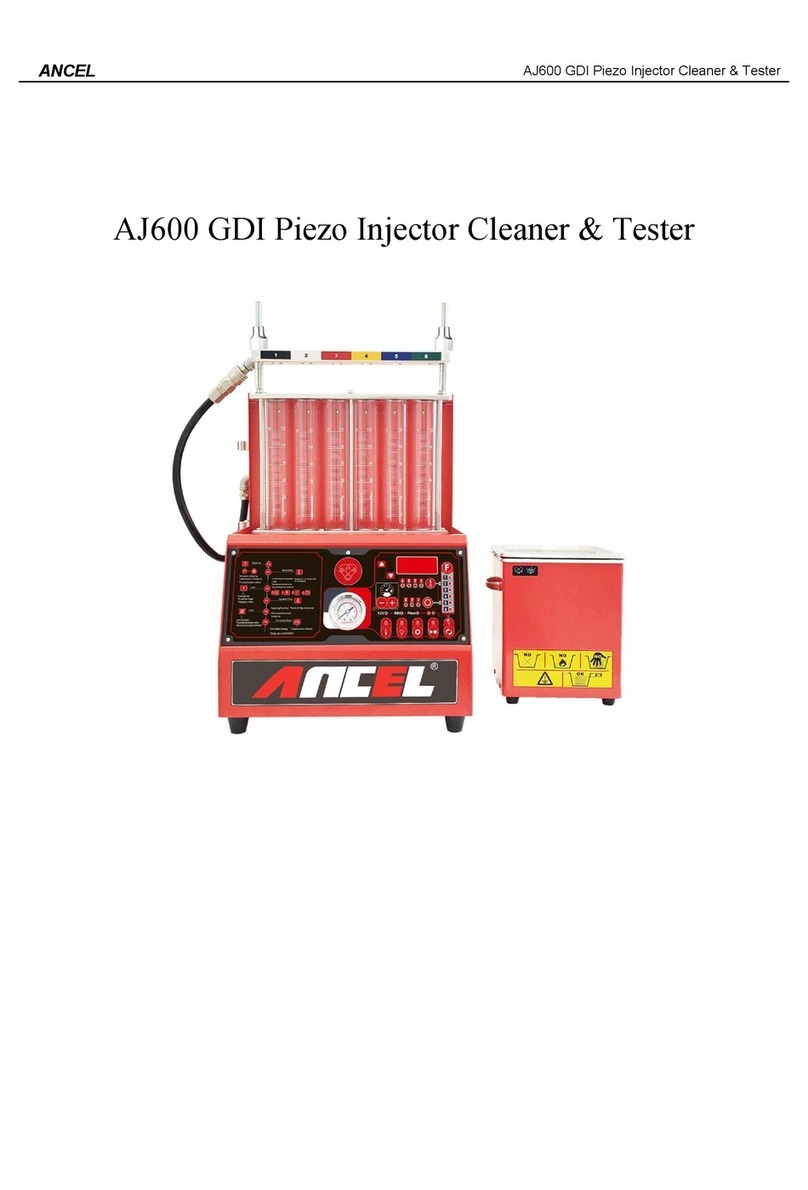
2.5 OBD
II
Monitor
Readiness
Status
08D
II
systems mLlsl indicate whether
or
not the vehicle's PCM's monitoring
has completed testing on each emission
component
Components that have
been
080
II
tested will be reported as ~OK" The purpose of recording
readiness status
1s
to allow inspectors to determine
if
the vehicle's 08D11
system has tested all the emissions systems. This is handy to know before
bringing vehicle to a state emissions testing facility.
The powertrain control module (PCM) sets a monitor to "OK" after
an
appropriate drive cycle has been performed. The drive cycle that enables a
Monitor and sets readiness codes to "OK" varies for each individual monitor.
Oncce a monitor is set as "OK", it will remain in this state. A number
of
factors,
including erasing
of
diagnostic trouble codes (DTCs) with a code reader or a
disconnected battery, can result in Readiness Monitors being set to "INC"
(incomplete). Since the three continuous monitors are constantly evaluating,
they will be reported as "OK" all
of
the ime. As long as there are
no
OTCs stored
in memory, the vehicle is running in accordance with the OBD
II
guidelines.
1f
testing
of
a particular supportes non-continuous monitor has not been
completed
or
not tested, the monitor status will be reported as "INC"
(incomplete).
In order for the OBO monitor system to become ready, the vehicle should be
driven under a variety
of
normal operating conditions. These operating
conditions may include a mix
of
highway driving and stop and
go
, city type
driving, and at least one overnight-off period. For specific information on getting
your vehicle's OBD monitor system ready, please consult your vehicle owner's
manual.
2.6 OBD
II
Definitions
Powertrain Control Module (PCM) -the
080
II
terminology for the on-board
computer that controls the engine and the drive train.
Malfunction Indicator Light (MIL) -Malfunction Indicator Light (Service Engine
Soon, Check Engine) is a
te
rm used for the light on the instrument panel.
It
is
to
alert the driver and/
or
the repair technician that there
1s
a problem with one
or
mo
re
of
vehicle's systems and may cause emissions to exceed federal
standards. If the
Mil
illumina
te
s with a st
eady
light.
1t
indicates that a problem
has been detected and the vehicle should be serviced as soon as possible.
Under certain conditions. the dashboard light will blink
or
flash. This indicates a
severe problem and flashing is intended to discourage vehicle operation. The
vehicle onboard diagnostic system can not turn the
Mil
off until necessary
repairs are completed
or
the condition no longer exists.
































